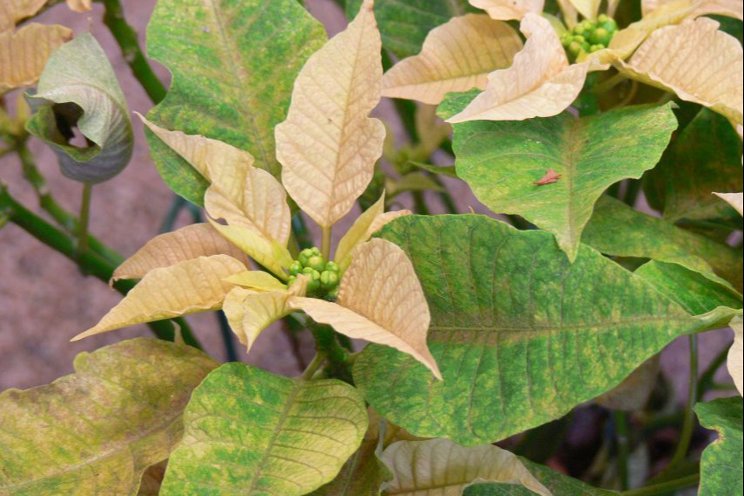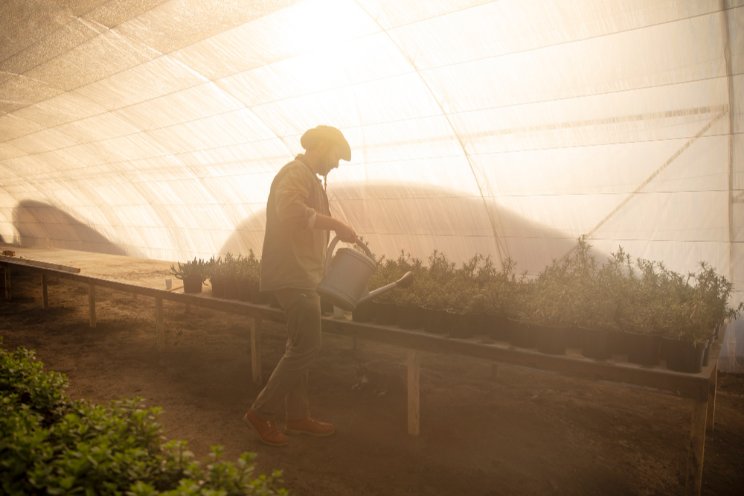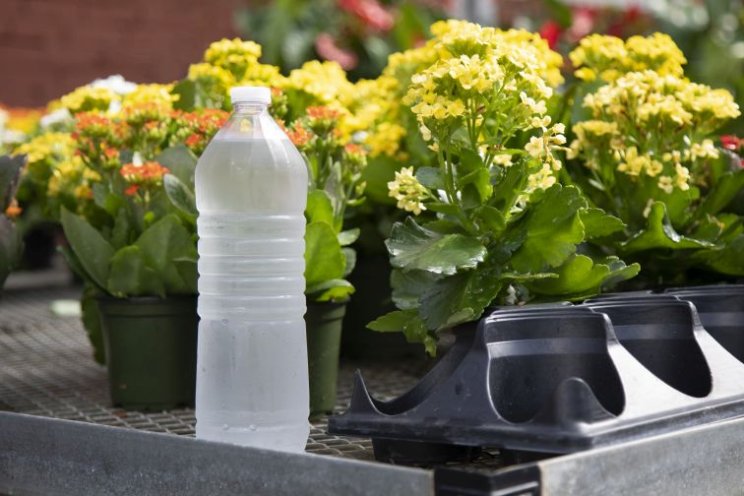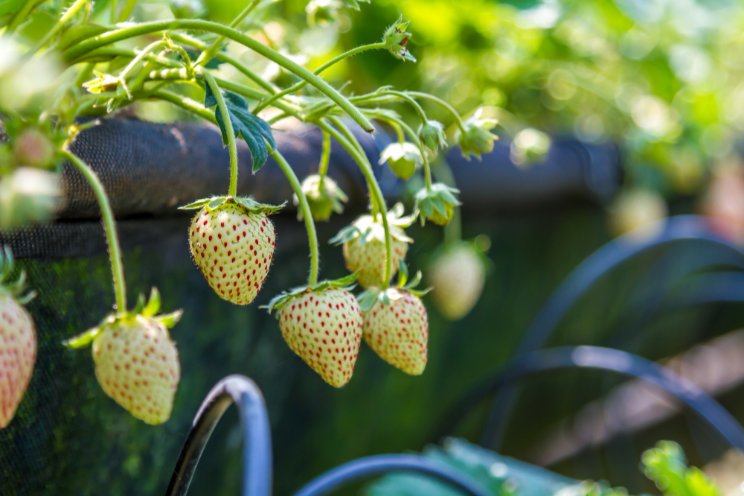When managing pests in poinsettias, the earlier the better
Added on 08 August 2023

Early August is when you might start seeing the beginning of root rot issues in plug trays or at potting up (especially Pythium, but also Rhizocontina, Phytophthora, and even Fusarium). Although these won’t kill the rooted cutting outright, these diseases will proceed slowly and potentially cause large die-offs mid Fall. Make sure you’re regularly inspecting plants to determine if you should treat now, to head off problems later.
Evidence of root rots include:
- Poor rooting
- Stunted growth
- Discolored (black or brow) roots
- Loss of lower leaves
- Cankers on stems.
Although Lewis mites come in on cuttings, they are impossible to notice at low densities in June/July. Preventative predatory mite applications are possible, as is a single application of a miticide on cuttings. But pesticide use early in the crop runs the risk of interfering with your whitefly bio program.
Photo: OMAFRA
More news















